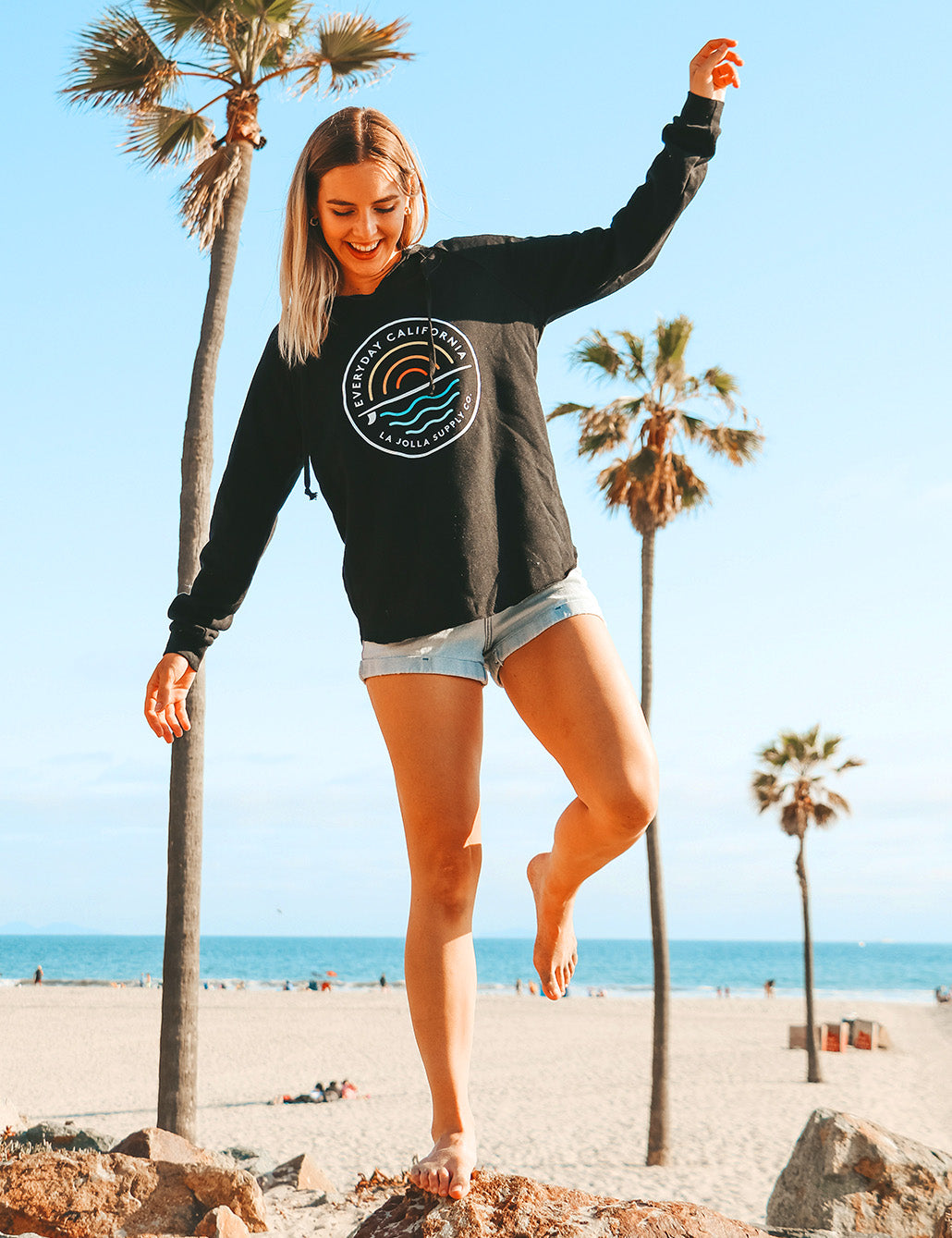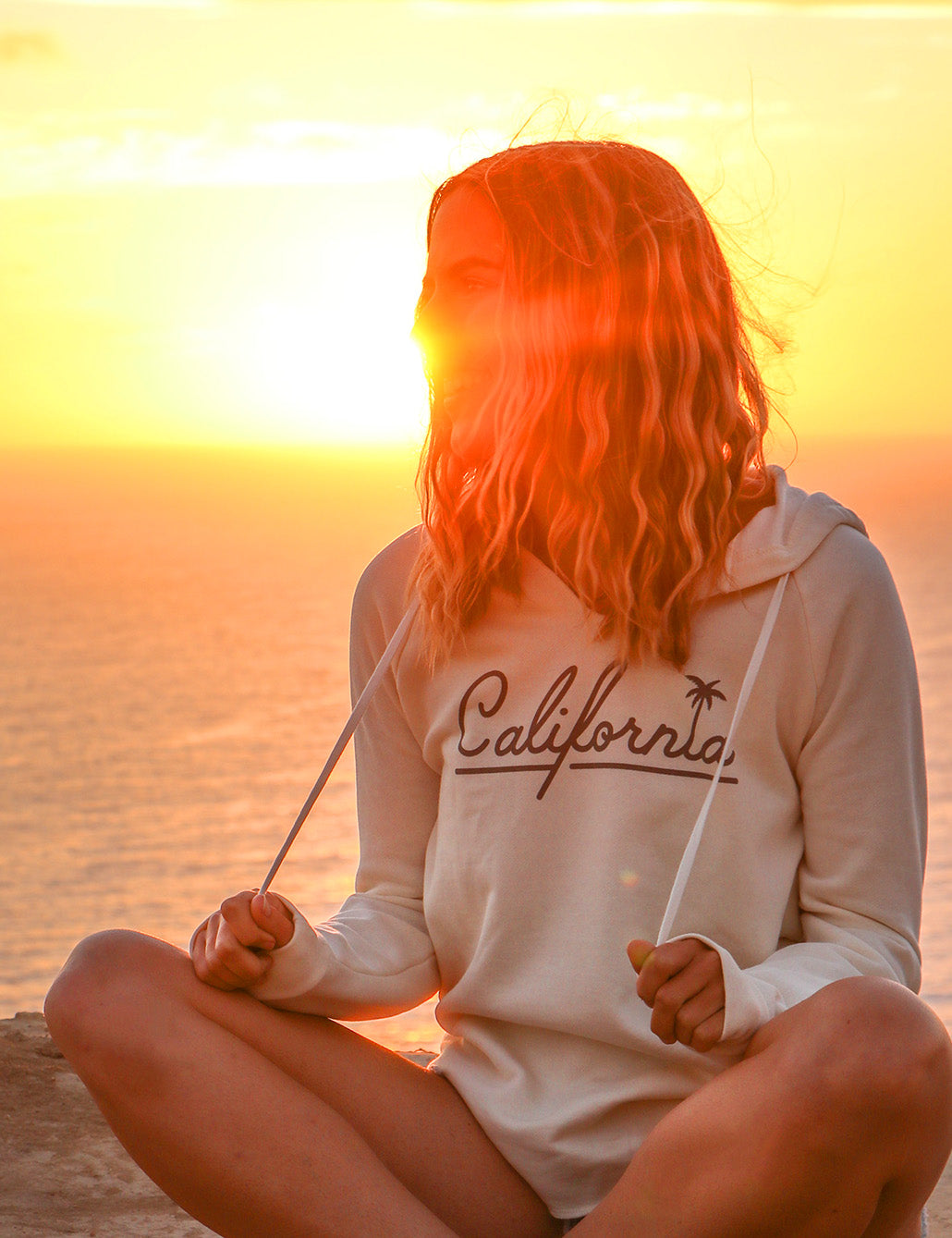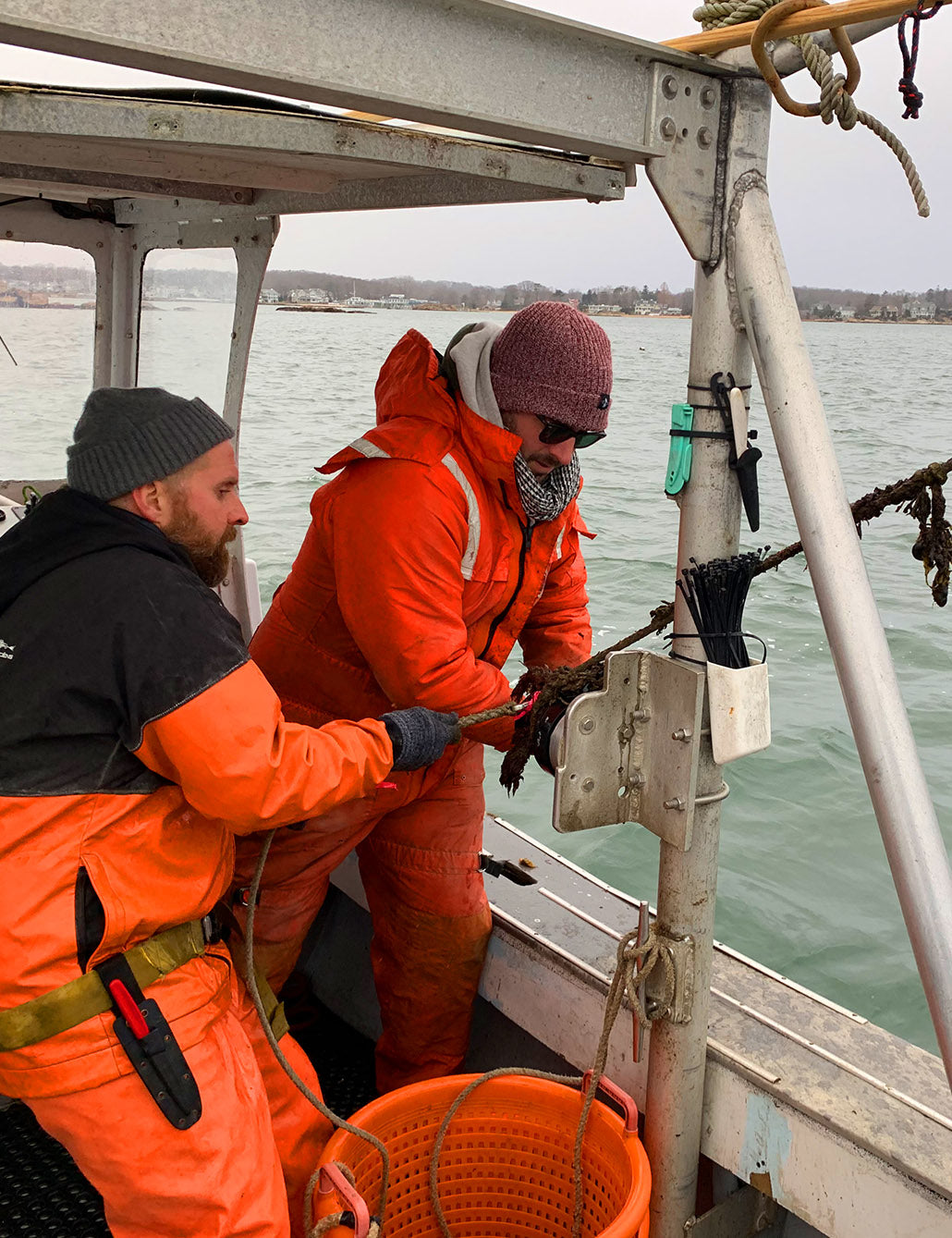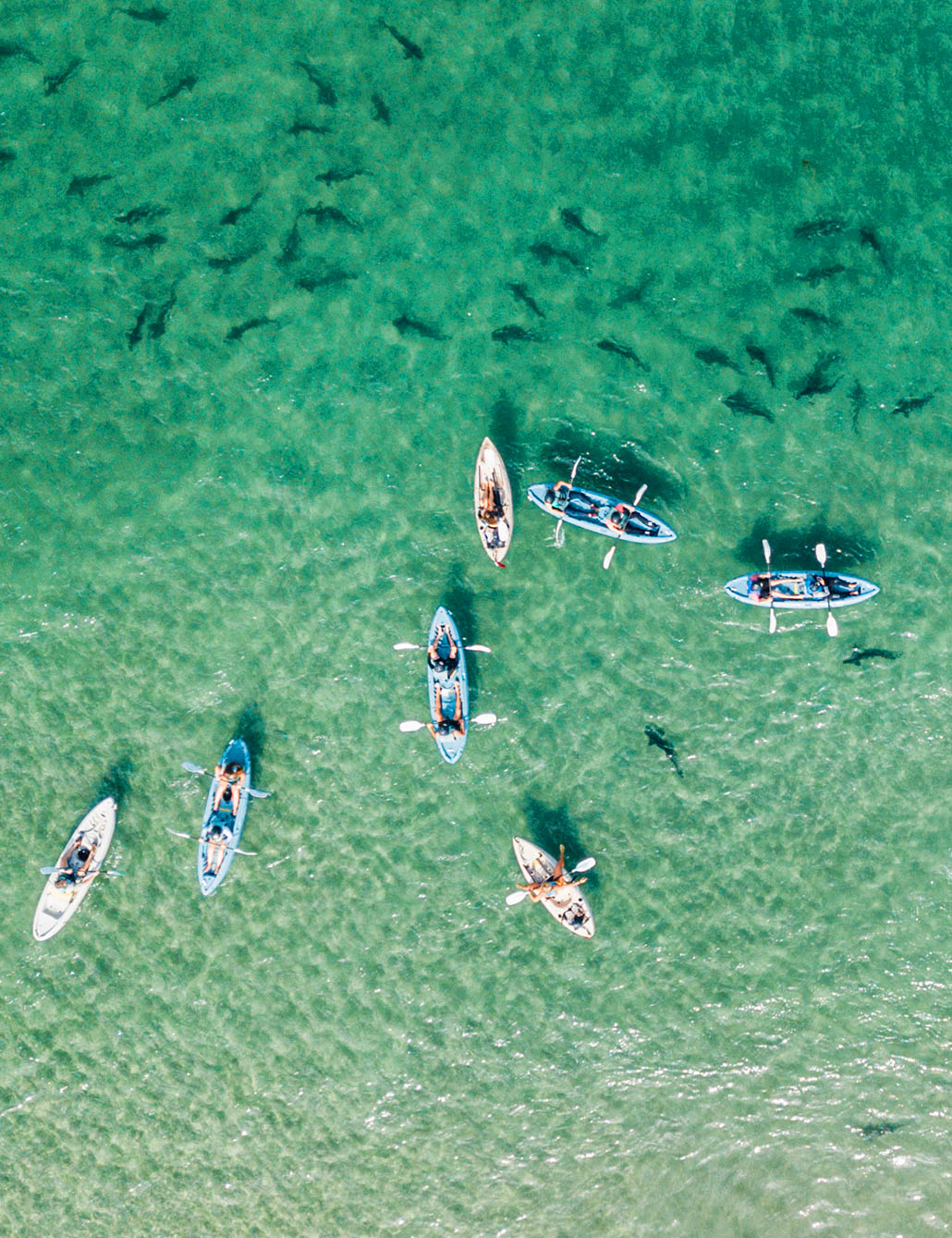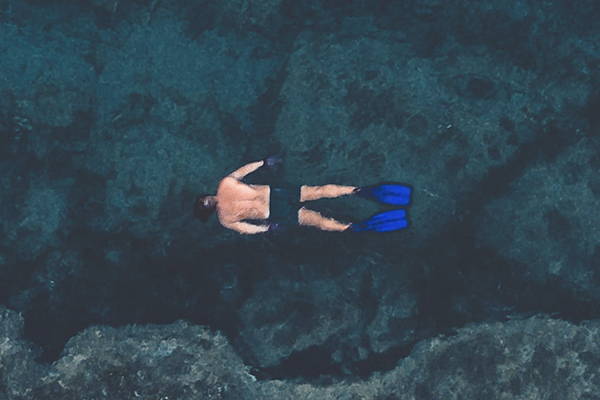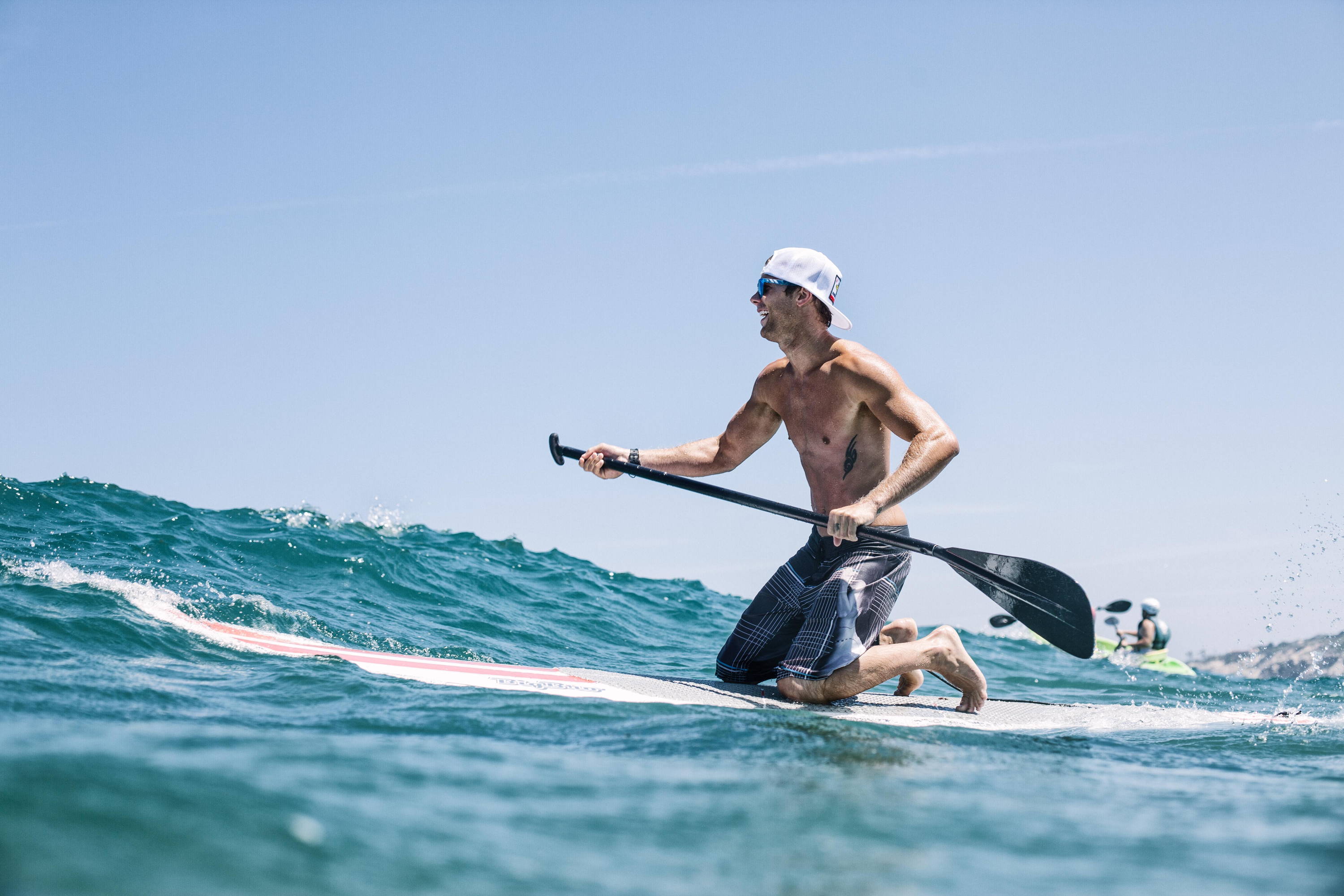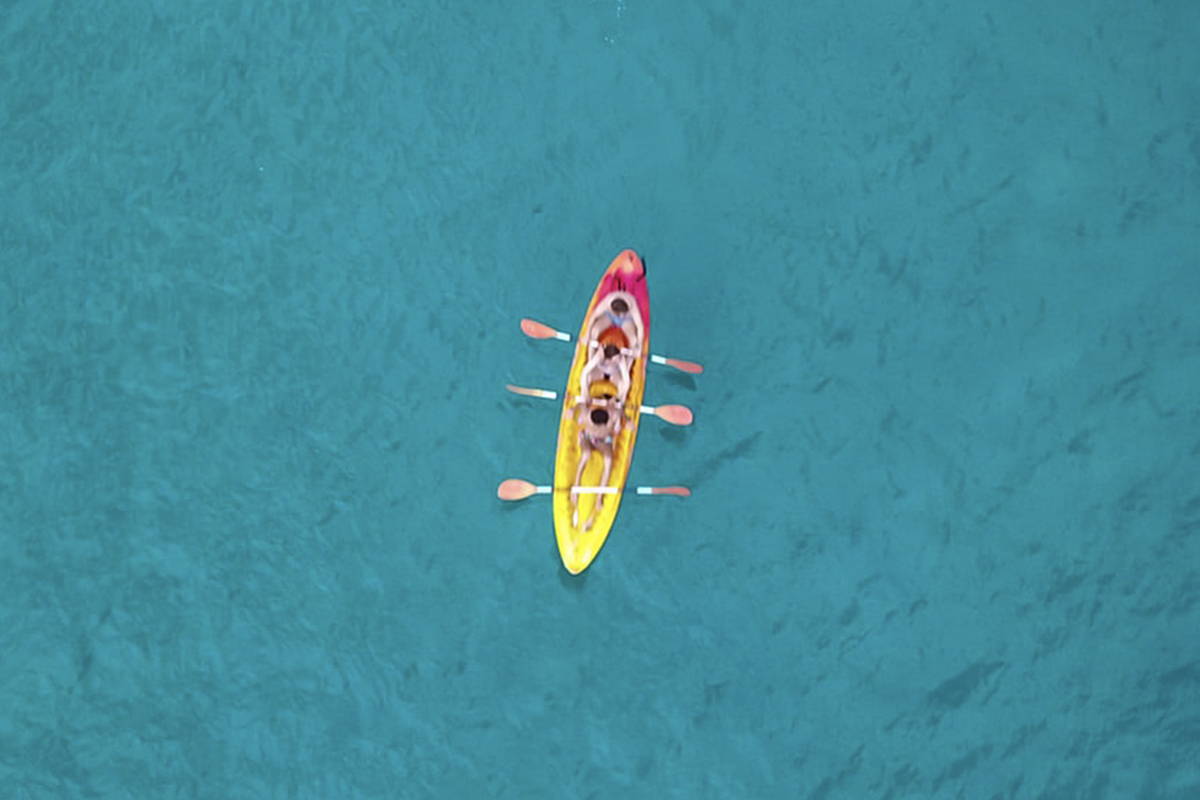By Andrew Iida l Head Writer & Resident EMT
Snorkeling has been a practice for thousands of years, dating all the way back to Ancient Greek sponge farmers, who used hollow reeds to breathe below the ocean’s surface. In the 20th century, technological advancements in snorkels, masks, and fins led to explosive growth in the sport’s popularity. Today, snorkeling is easier, safer, and more ubiquitous than ever, making it a hobby that almost anyone next to the ocean can enjoy.
What is snorkeling?
Snorkeling is an activity in which participants will swim through a body of water, primarily staying at the surface, while wearing a diving mask and breathing through a tube. Swim fins are usually worn on the feet.
How is snorkeling different than skindiving, freediving, and SCUBA diving?
They're all similar activities, but there are some big differences.

Skin Divers wear the same equipment as a snorkeler, but they dive down for a closer look at the marine life instead of staying on the surface.

Freediving is a competitive sport with the goal of diving as deep as possible without taking a breath. Freedivers usually wear a mask and special, long fins, but they avoid snorkels because of the drag they create.

SCUBA divers wear air tanks on their backs so that they can breathe underwater.
Is snorkeling safe?
You need to be careful whenever you’re swimming, especially in the ocean, but there are some precautions you can take to make your snorkeling experiences as safe as possible.
- Always snorkel with a partner
- Choose locations with lifeguards
- Ask the lifeguards if there are any hazards you need to be aware of
- Wear fins so that you can swim against strong currents or when you’re tired
- Stay in shallow areas until you’re comfortable snorkeling. There’s often a lot to see in water that’s shallow enough to stand up in
- Take a lesson, a tour, or practice in a pool for your first time with the snorkeling gear
What kind of snorkeling gear do I need?
At the very least, you’ll need a mask and snorkel, and we highly recommend fins as well. Snorkels fall into 5 basic categories:
1. Classic

The simplest type of snorkel is a curved plastic tube with a mouthpiece. Without any extra features, these are generally the least-expensive snorkels available. The downside is that it’s easy for water to enter the top, so you’ll have to frequently clear your snorkel.
Who this snorkel is perfect for: Anyone who wants the absolute cheapest option for snorkeling.
2. Flexible

These snorkels are rigid at the top, but flexible near the mouthpiece, which gives you a better fit regardless of mask or head shape. The flexible portion often includes a purge valve, a one-way valve at the bottom of the snorkel that allows you to force water out by exhaling.
Who this snorkel is perfect for: People who want a comfortable snorkel at an affordable price.
3. Semi-Dry

These snorkels have a splash guard at the top, which helps prevent water from entering. Unlike a dry snorkel, these will fill with water if you dive below the surface.
Who this snorkel is perfect for: People who want the most comfortable, easiest experience while snorkeling and diving.
4. Dry

Dry snorkels are designed to prevent any water from entering the tube, even when it is fully submerged underwater. If water does get in, dry snorkels have a purge valve for easy clearing. Because a dry snorkel stays filled with air, it is not a great option for diving. The snorkel will be very buoyant, which can hinder your diving capabilities.
Who this snorkel is perfect for: People who want the most comfortable, easiest experience while snorkeling, who don’t want to spend much time diving.
5. Full-Face

These are a recent development in snorkeling, and are becoming one of the most popular styles. Instead of having a separate snorkel and mask, full-face snorkel masks combine the snorkel and mask into one device. Because the mask covers the whole face, you can breathe either through your nose or mouth while snorkeling, and they offer the widest, most unobstructed view of the ocean. The main downside of these masks is that they are the worst option for people who want to dive. You won’t be able to pinch your nose to equalize the pressure in your ears, and the large amount of air in the mask can create pressure on your face.
Who this snorkel is perfect for: People who want to snorkel exclusively without diving.
How to choose a snorkel mask

If you look at professional swimmers, you’ll see that they wear small goggles that cover just the eyes. But for snorkeling, you’ll want a mask that goes over your eyes and nose. The main reason for snorkeling is to observe the ocean below you, so you’ll appreciate the larger lens on the mask giving you a wider, less-obstructed view. A mask that covers your nose will also make it easier to breathe with a snorkel, and because you can exhale air from your nose into the mask, you’ll be able to equalize the pressure when you dive deep below the surface.
There are lots of different styles for masks, but the most important thing is that it fits properly, so you should always test a mask before buying it. If the mask doesn’t fit well, you’ll be spending more time clearing water from your maks than enjoying the sights of the ocean. To ensure a good fit, follow these steps:
- With the straps and your hair out of the way, gently press the mask to your face, inhale slightly, and hold your breath. A well-fitting mask will stay on your face until you exhale, even when you move around.
- Place the straps around your head and tighten them just enough to hold the mask in place. Wear it for a few minutes, and see if it starts to feel uncomfortable anywhere.
- Attach your snorkel, and see if the mask still feels comfortable.
How to choose snorkeling fins

We generally recommend snorkeling fins about 20-25 inches in length. Short fins are increasingly popular because they’re easier to store and transport. They require a more natural kicking tempo than long fins, so they’re a great way to improve overall swimming ability. But for comfort and safety, short fins come up short. Longer fins are more efficient, so you’ll be able to go farther and faster with less energy. You’ll also need a slower kicking speed, which is less likely to scare away sea life.
Fins can either come in an open-heel or full-foot style. If you’re snorkeling somewhere that is very cold or rocky and need to wear diving boots for protection, you’ll want an open-heel style. If you’re going to be in warm water with a sandy beach, many people find full-foot fins to be more comfortable. There’s no “best” style of fin—it comes down to personal preference.
How to Snorkel

With all the necessary equipment, you’ll find that snorkeling is not a difficult skill to learn. It only takes a few minutes to get used to breathing through a tube with your chest in the water, and after that, it will feel almost as natural as normal breathing. Remember to breathe in and breathe out through your mouth, not your nose (unless you have a full-face snorkel). Try not to tilt your head too far, or the snorkel might start to fill with water. When you want to swim somewhere, let the fins do most of the work, not your arms.
How to clear water from a snorkel
While snorkeling at the surface, water will sometimes enter the tube. To clear the water, just breathe out forcefully, which expels the water from the top of the snorkel or through the valve. This is called a blast clear.
If you’re diving, you can exhale a small amount of air into the snorkel as you swim to the surface. While you rise, the air expands, forcing the water out of the snorkel. This is called a displacement clear.
How to clear water from a mask
Hopefully your mask is well-fitting and effective at keeping water out, but even with the best masks, water will sometimes get in. When this happens, lightly hold the mask’s frame to your face and breathe out through your nose, which forces the water out. If your mask fogs while snorkeling, you can use this method to get rid of some of the condensation. Let a little bit of water into the mask and look down so that the lenses are cleaned. After that, clear the mask and you’re ready to continue snorkeling.
How to dive and snorkel underwater
When you’re feeling comfortable with the equipment, you might want to start skin diving to take a closer look at the sea life. The best way to go underwater is with a duck dive.
- Take some deep, slow breaths. Don’t hyperventilate.
- Bend at the waist to force your head underwater.
- Lift your legs straight into the air. The weight of your legs will push your body underwater. You can use a breast stroke with your arms to help.
- Once your fins go below the surface, kick to propel yourself downwards.
- When you return to the surface, always pause to take several deep breaths.
More Snorkeling Tips

Snorkeling Do’s and Don’ts
DO try to stay relaxed.
Stick to shallow water until you get used to breathing through a snorkel, so that you can stand up if you start to feel uncomfortable. When you move to deeper water, let your fins do most of your work for you. Try to use slow, steady kicks with slow, steady breaths.
DO put on and take off your fins in the water.
It’s not easy to walk in fins, so if you put them on while sitting on the beach, you’ll look silly as you walk like a penguin to the water. It’s best to carry them into waist-deep water and then put them on so you can immediately start swimming.
DO practice clearing your snorkel and mask.
Every snorkeler should be comfortable performing a blast clear, and if you’re going to be skin diving, you should practice a displacement clear as well.
DO use reef-safe sunscreen.
You’ll be floating at the surface of the water, directly exposed to the sun without any shade for long periods of time. You’ll definitely want to protect yourself against sunburns, but ordinary sunscreens have chemicals that are toxic to sea life. If we don’t protect marine animals, snorkeling will be pretty boring with nothing to see.
DO snorkel with a partner.
Snorkeling is safer than many other activities in the water, but anytime you’re in the ocean, there’s always a chance that the conditions can turn dangerous.
DO know how to signal for help to the lifeguards.
If you need to be rescued, raise one arm in the air and wave to the lifeguards. Remember that this signal should only be used if you need help. Don’t wave hello to the lifeguards from the water because they will jump in to save you.
Don't hyperventilate.
Divers used to be taught to take rapid breaths before going underwater, but we know now that hyperventilation can cause you to pass out underwater. Always try to keep your breaths slow, deep, and calm. If you find yourself starting to breathe quickly, take a minute to stay still and focus on your breathing. If that doesn't help, head for the beach and take a break.
Don't touch the sea life.
Some animals, like coral, are delicate enough that you might damage or kill them. Other animals might be dangerous to humans if provoked.
Don't hesitate to use a snorkeling vest or jacket.
They look much like a life jacket, but while life jackets are designed to keep your head above the water, snorkeling flotation devices are less buoyant and help maintain a good snorkeling position. Even if you’re a strong swimmer, a flotation device is never a bad thing.
Don't leave trash behind.
Nobody wants to snorkel past bits of floating, rotting garbage. Leave the beach with everything you came with, and if you see trash left behind by another person, throw it away.

One of the best ways to learn to snorkel is with a guided tour! Our Kayak and Snorkel Tour takes guests to the best snorkeling spots in the La Jolla Ecological Reserve. We provide all the snorkeling gear and teach you how to use it, so you don't need to have any snorkeling experience to join us. If you're not a strong swimmer, we have a 1 hour Original Snorkel Tour that sticks to shallow water, so it's perfect for all skill levels.
Click here to schedule your tour!


